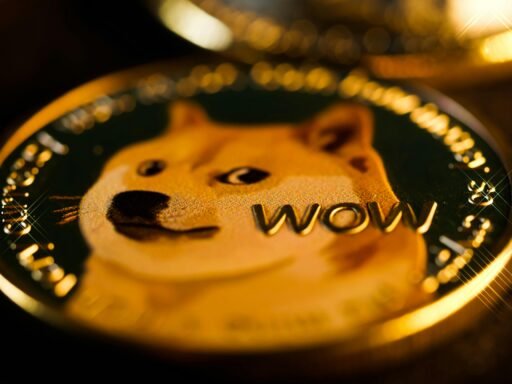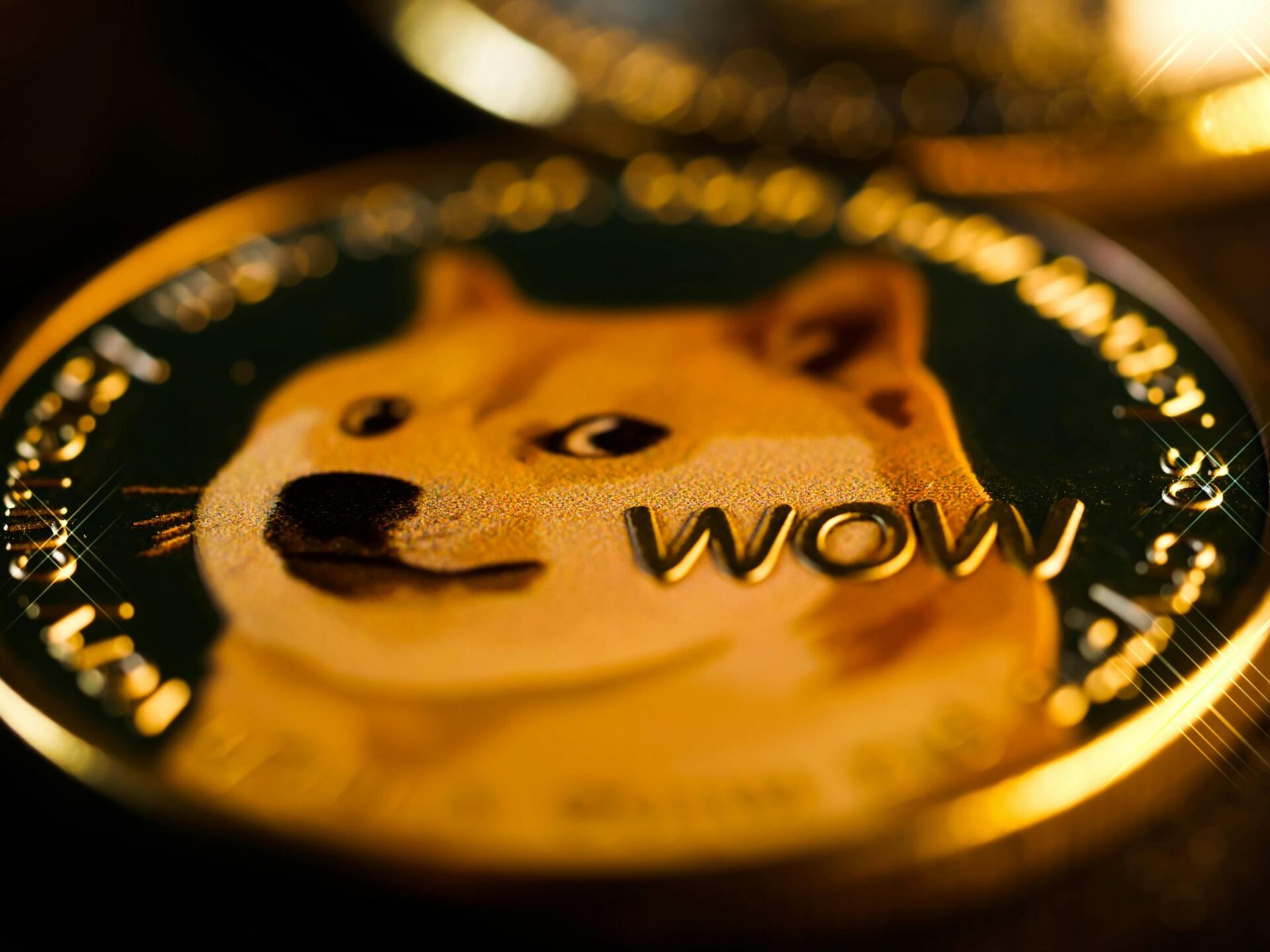A Closer Look at Dogecoin, Shiba Inu, and Their Influence on the Crypto World
Cryptocurrency has always been a space full of surprises. From Bitcoin’s quiet emergence in 2009 to Ethereum’s revolutionary smart contracts, innovation has been the driving force. However, no one could have predicted the rise of meme coins—digital assets born from internet humor and driven by community enthusiasm rather than groundbreaking technology. Among these, Dogecoin and Shiba Inu stand out as the most iconic examples, redefining how people perceive value in the digital age. But what exactly is their impact on the broader crypto ecosystem, and why do they matter?
A Joke That Became Serious Business
Dogecoin started as a parody. Back in 2013, two software engineers, Billy Markus and Jackson Palmer, created it to poke fun at the wild speculation surrounding cryptocurrencies. Featuring the Shiba Inu dog from the popular “Doge” meme, it was never meant to be taken seriously. Yet, over time, something unexpected happened. People began rallying around it, not because of its technical merits but due to its lighthearted nature and the sense of community it fostered.
Fast forward several years, and Dogecoin found itself in the spotlight. Celebrities like Elon Musk tweeted about it, sparking massive price surges. What began as a joke turned into a multi-billion-dollar asset. This phenomenon raised eyebrows across the financial world, with some dismissing it as a bubble while others saw it as a sign of changing times.
Shiba Inu: The Underdog That Rose
While Dogecoin had years to build its reputation, Shiba Inu burst onto the scene in 2020 with a mission to dethrone its predecessor. Dubbed the “Dogecoin Killer,” it positioned itself as more than just another meme coin. Its creators introduced features like a decentralized exchange (ShibaSwap) and plans for a broader ecosystem, giving it a semblance of utility.
Despite its playful branding, Shiba Inu gained traction quickly. Its meteoric rise was fueled by social media buzz, retail investor enthusiasm, and the allure of massive returns. At one point, it became one of the top cryptocurrencies by market capitalization, proving that meme coins were no longer just a sideshow in the crypto carnival.
Community Power: The Driving Force
One of the most fascinating aspects of meme coins is their reliance on community. Unlike traditional cryptocurrencies that often emphasize technological innovation, these tokens thrive on collective energy. Holders don’t just invest; they participate, create memes, and spread the word. This grassroots approach has given rise to a new kind of financial movement, where humor and camaraderie can drive value.
For many, owning a meme coin isn’t just about potential profits. It’s about being part of something bigger—a shared joke, a cultural moment, or even a rebellion against traditional finance. This sense of belonging has made meme coins incredibly resilient, even in the face of criticism and market volatility.
The Good, the Bad, and the Ugly
Meme coins have undoubtedly brought new energy to the crypto space, but their impact isn’t without controversy. On the positive side, they’ve introduced millions of people to cryptocurrency. For many first-time investors, Dogecoin or Shiba Inu was their entry point. This influx of new participants has helped to democratize access to financial markets, breaking down barriers that once excluded the average person.
However, there’s a darker side. The very factors that make meme coins appealing—hype, humor, and high volatility—also make them risky. Many investors have been burned by chasing unsustainable gains, only to see prices crash. Critics argue that these tokens lack intrinsic value and contribute to the perception of cryptocurrency as a speculative bubble rather than a legitimate asset class.
Scams and rug pulls are another concern. The success of Dogecoin and Shiba Inu has inspired countless imitators, many of which are created with the sole intention of defrauding investors. This has led to calls for greater regulation and scrutiny, as the line between innovation and exploitation becomes increasingly blurred.
Redefining Value in the Digital Age
The rise of meme coins challenges traditional notions of value. In the past, financial assets were judged by metrics like earnings, dividends, or utility. Meme coins, however, derive their worth from entirely different factors—community sentiment, cultural relevance, and the power of the internet. This shift has profound implications for how we think about money and investment in the 21st century.
Some see this as a positive development. By prioritizing collective belief over traditional metrics, meme coins democratize value creation. Others, however, view it as a dangerous trend, warning that it could lead to financial instability and disillusionment among inexperienced investors.
Meme Coins and the Broader Crypto Ecosystem
Beyond their individual success stories, meme coins have had a ripple effect on the broader crypto landscape. They’ve forced established projects to rethink their approach, emphasizing user engagement and community building. Even serious blockchain platforms have started incorporating elements of fun and accessibility, recognizing the power of memes to drive adoption.
At the same time, meme coins have highlighted the need for better education in the crypto space. With so many newcomers entering the market, there’s a growing demand for resources that help people understand the risks and rewards of investing. This has led to the emergence of platforms, courses, and communities dedicated to promoting financial literacy.
The Role of Social Media
It’s impossible to discuss meme coins without mentioning social media. Platforms like Twitter, Reddit, and TikTok have played a pivotal role in their rise. Memes spread like wildfire, creating a feedback loop of hype and FOMO (fear of missing out). Influencers and celebrities amplify this effect, reaching audiences that traditional financial institutions could only dream of engaging.
However, the reliance on social media also makes meme coins vulnerable. A single tweet can send prices soaring or crashing, underscoring the fragility of their value. This volatility has led to debates about the ethics of promoting meme coins, particularly when influential figures stand to profit from their endorsements.
Lessons for Traditional Finance
The success of Dogecoin and Shiba Inu offers valuable lessons for traditional finance. First and foremost, it highlights the importance of accessibility. Cryptocurrencies that are easy to understand and engage with have a significant advantage in attracting new users. Financial institutions could learn from this, simplifying their offerings and embracing digital culture.
Secondly, meme coins demonstrate the power of narrative. In a world where attention is a scarce resource, the ability to tell a compelling story is just as important as the underlying product. Traditional finance, with its often dry and technical approach, could benefit from adopting a more relatable and human-centric perspective.
The Future of Meme Coins
As we look ahead, the future of meme coins remains uncertain. Will they continue to thrive, or will they fade into obscurity as the crypto market matures? Much will depend on their ability to evolve and adapt. Projects that can combine the appeal of memes with real-world utility are likely to have the best chance of long-term success.
Regulation will also play a crucial role. Governments and regulatory bodies are increasingly paying attention to the crypto space, and meme coins are no exception. While some fear that regulation could stifle innovation, others argue that it’s necessary to protect investors and ensure the market’s stability.
Final Thoughts
Meme coins like Dogecoin and Shiba Inu have left an indelible mark on the cryptocurrency world. They’ve challenged conventions, sparked debates, and brought millions of people into the fold. Love them or hate them, there’s no denying their impact.
In many ways, meme coins are a reflection of our times—a blend of humor, technology, and community in an increasingly digital world. Whether they represent the future of finance or a passing trend, one thing is certain: they’ve changed the game forever.




